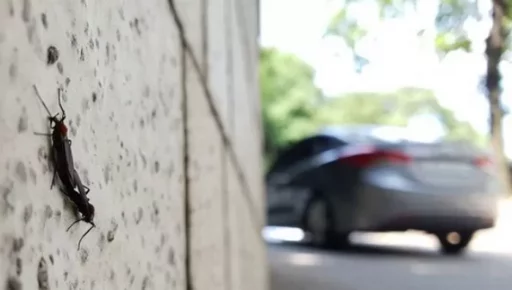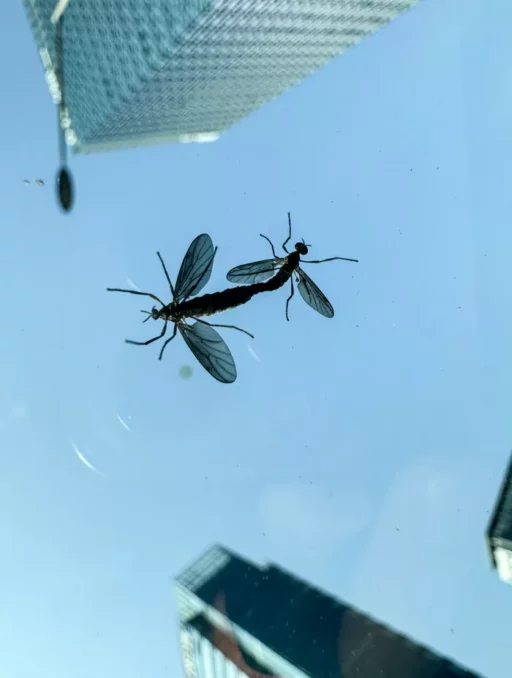Incheon Gyeyang-gu Complaints Soar 7 Times… Dramatically Reduced in July
"Just because it's not visible now doesn't mean next year won't be a bigger problem."
"Just because it's not visible now doesn't mean next year won't be a bigger problem."
The lovebug (Pseudomyrmex spinolae), which once emerged as a summer nuisance causing discomfort to citizens across the country, has recently faded away. However, experts warn that it is too early to relax.

Due to the ecological characteristics of lovebugs, their larvae remain in the ground, and the eggs laid this year could lead to a massive outbreak next year.
According to the Incheon Gyeyang Health Center on the 13th, a total of 473 complaints related to lovebugs were received in Gyeyang-gu last month, which is more than seven times the number of complaints (62) during the same period last year.
However, from the 1st to the 11th of this month, the number of complaints dropped sharply to 31. A health center official explained, "Since the end of June, the number of complaints has been rapidly decreasing," adding that "currently, only carcasses are left in various urban areas."
Adult Bugs Have Disappeared, But Larvae Remain in the Ground… Next Year Could Be Worse
Lovebug adults generally live for about a week between June and July, but the problem lies in what happens afterward. According to the National Institute of Biological Resources, a single female lays between 300 to 500 eggs, and then spends a year in the larval stage before transforming into an adult the following year.

Dr. Kim Min-jung from the Forest Insect Pest Research Department of the National Institute of Forest Science explained in an interview with the Korean daily, "Although it seems like they're done for now, most of the individuals are actually surviving in the ground as larvae."
He added, "We need to identify the environmental factors that have increased the survival rate of lovebugs this year, as there is a significant possibility of mass outbreaks next year."
Lack of Natural Enemies Limits Control… Urgent Need for Biological Response
Online posts report sightings of sparrows and mantises preying on lovebugs, but experts say, "There are currently no specialized natural enemies that prefer lovebugs."
Dr. Kim expressed concern, stating, "While sparrows may eat some, they have limitations in controlling their population," and "spraying insecticides in natural forests can harm the ecosystem instead."

As a result, there is a growing need for the artificial development of predatory species.
Experts emphasize that we should not be complacent due to the current lull but should urgently establish preventive measures considering larval activity.
Image Sources: Lovebug / News1, News1, Instagram 'kimlark34'


